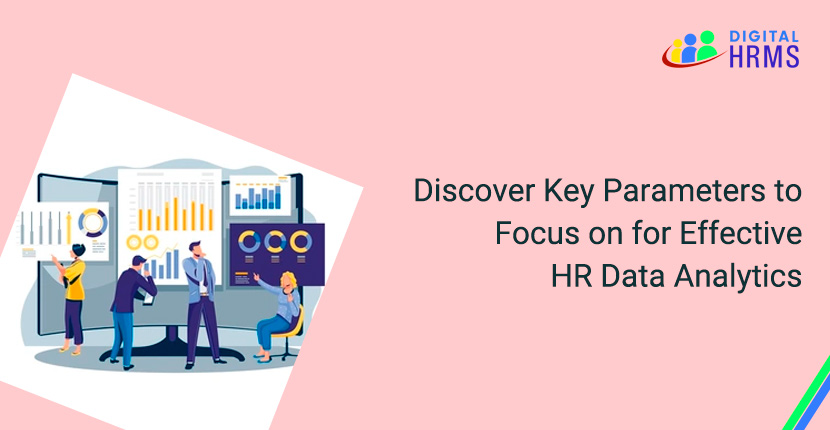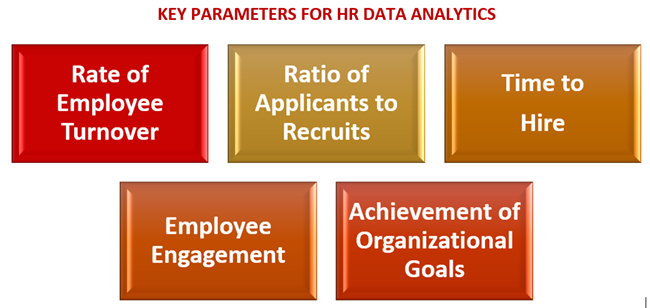Key Parameters to Focus on for Effective HR Data Analytics

Today enterprises are leveraging the power of data in more ways than one. As the volume of enterprise data is increasing with every passing day, enterprises are experimenting with different methods to analyze this data and derive insights from it. This has made data analytics one of the domains experiencing the fastet growth rate in the current times. Enterprises are focused on analyzing data from multiple sources and from every department, and the HR data is no different.

When it comes to HR data analytics, today we have some highly advanced HR data analytics platforms in the market that can easily analyze the most complex HR data to fetch the most relevant insights and information and present them in the form of easy-to-understand reports. The new age HR software platforms come with multiple capabilities to cater to every HR function, and HR data analytics is one of them. Digital HRMS is an example of a HR software that offers advanced analytics capabilities to draw useful insights to help the HR team as well as the management to make important business decisions.
Key Parameters for HR Data Analytics
Now, let us have a look at the key parameters that the HR team should focus on in order to get the most relevant insights using their HR Data Analytics platform.

Rate of Employee Turnover
To put it in simple words, employee turnover rate is defined as the percentage of employees who leave the company within a specified time period of time, which is usually twelve months. This oncludes voluntary separation (resignation from the employees’ end) as well as involuntary separation (layoffs or termination from the employer’s end). Turnover rate is important because it is a key indication of the level of employee engagement in the organization.
Ratio of Applicants to Recruits
The ratio of applicants to recruits is defined as the ratio of the number of individuals applying for open positions to the number of offer letters sent out by the organization. It is an indication of the willingness of the candidates to join the company and reflects on issues like compensation, work culture and the way the organization projects itself on its recruitment page and the website in general. It also indicates a possible gap between the expectations for a position and the information mentioned in the job description sent out to the candidates.
Employee Engagement
Employee engagement is one of the key factors in today’s corporate world, with enterprises putting in efforts to boost employee engagement. After all, employee engagement is a big contributing factor towards good employee productivity and this is all about seeking feedback from employees and what they want and helping their thoughts reach the management.
This is one of the significant parameters.
Time to Hire
Time to Hire is a metric used in HR analytics to assess the effectiveness of the recruitment process. The period between when a candidate applies for a job and when they accept it is referred to as this metric. HR managers can analyze how soon they can find the right person for the job. They can also determine which roles are particularly tough to fill.
Achievement of Organizational Goals
Here is one of the most important metrics to use when evaluating employee performance. It will be beneficial to the organization if the employees achieve their goals. This score would be low if they weren't performing well enough, and it might be used to figure out why. It would assist HR in developing a performance improvement program.
Want to explore more about how the Digital HRMS HR Data Analytics platform can help your HR team derive key HR insights?
Visit our website www.digitalhrms.com or drop us an email on marketing@digitalhrms.com and our team will get in touch with you. Now, get Full access to the Digital HRMS HR software platform Free for 90 Days. Available for Limited Period only!
Stay connected with us on Social Media for all the latest updates.
Read more on HR Data Analytics: Tips to Make the Best Use of HR Analytics